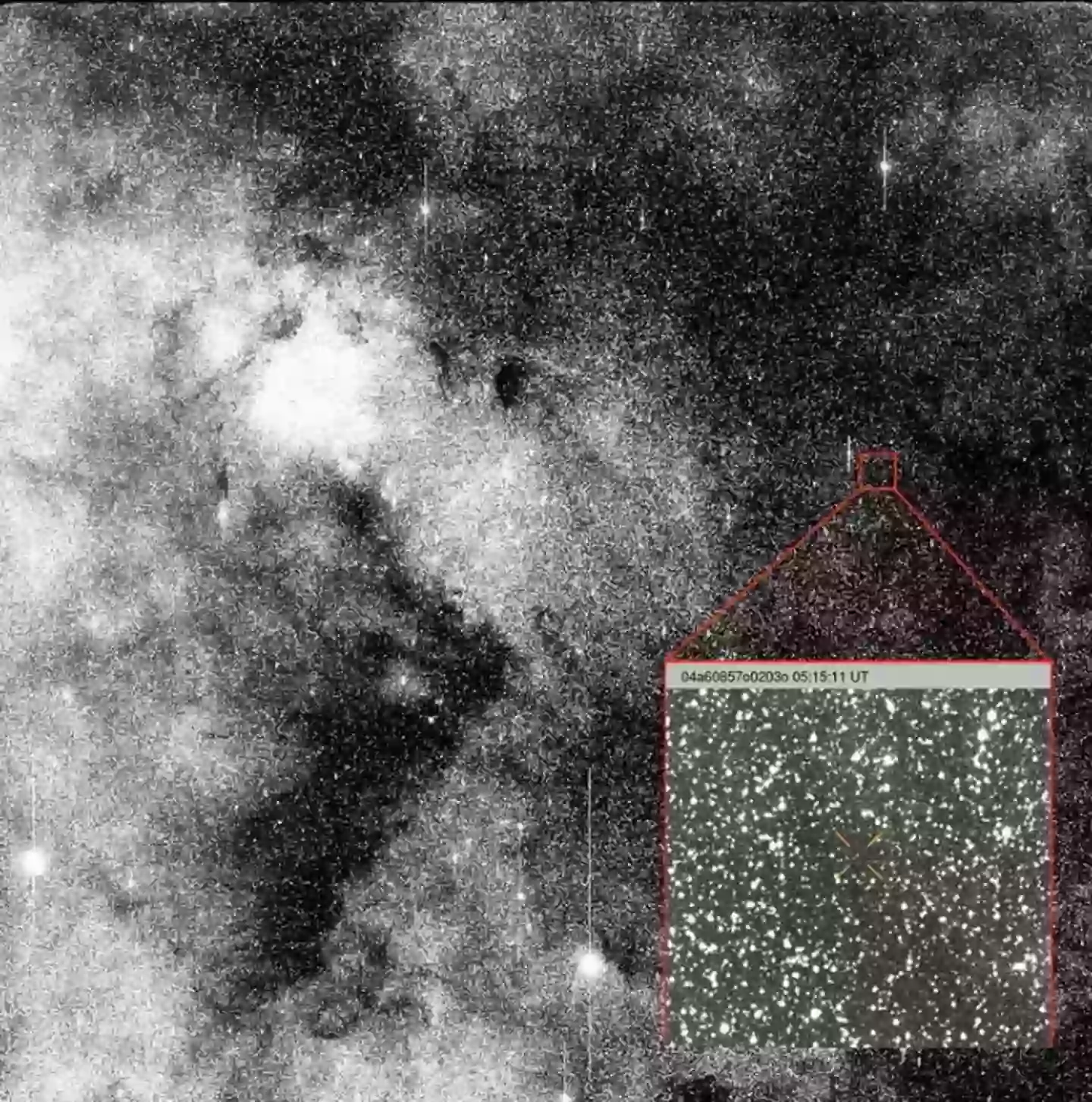
A Harvard scientist reckons an unusual space object could reach Earth 'by Christmas'.
Unless you've been living under a rock, you'll have heard about 3I/ATLAS - an astronomical anomaly that's had the whole world intrigued, and a little concerned.
Measuring around seven miles long, the unusual space object was first spotted in July by scientists at the NASA-funded ATLAS survey telescope in Chile.
Advert
Incredibly, this is only the third object ever discovered that’s believed to have come from interstellar space - meaning it didn’t originate in our Solar System at all. Scientists figured this out because it’s moving way too fast to be held back by the Sun’s gravity; over 41 miles per second.
At one point, it even raised eyebrows for being 'possibly hostile', with some worried it could cause serious problems if it came too close to Earth.

Yet NASA has since dismissed this chatter, claiming 3I/ATLAS poses no threat to us. Scientists believe it's an interstellar comet which could be made up of icy rock.
Advert
The US space agency even tracked the comet's predicted movements; it should be making its closest pass to the Sun just before Halloween, as it continues on its trajectory into deep space, 'never to be seen again'.
But one Harvard physicist digging into 3I/ATLAS has floated the idea of the fast-moving object not being 'natural' at all.
The man in question is Avi Loeb and, in a new Medium blog post, he's even suggested should the mysterious object be some sort of alien ship, it could reach Earth 'by Christmas'. Yikes.

Advert
In the post, Loeb discusses how no Earth-launched rocket could intercept the 'comet' before it reaches its nearest point to the Sun.
But, since it's traveling at a speed far below that of light, we could feasibly send it a radio message. The big question is: should we?
Loeb argues that such a move only makes sense if 3I/ATLAS is more than just a rock - possibly even a technological spacecraft.
He highlights two key concerns that arise: is there any intelligence onboard to receive and understand our message? And could our message be seen as a threat?
Advert
Who'd have thought AI could really be standing for 'alien intelligence' all along!
Humans have sent signals out into deep space before; in 1974, the Arecibo radio telescope broadcast a message to a cluster of stars called Messier 13.
However, they are located 22.2 thousand light years away, whereas 3I/ATLAS is close enough to respond quickly, making potential contact more immediate - and possibly riskier.
Advert
Given all these uncertainties, Loeb suggests waiting until the object reaches its closest point to the Sun. If it behaves like a normal comet, it’s likely natural. If it performs a maneuver, we may be facing something far more advanced. And that's when the panicking can really begin...
Topics: Space, NASA, Science, Technology
